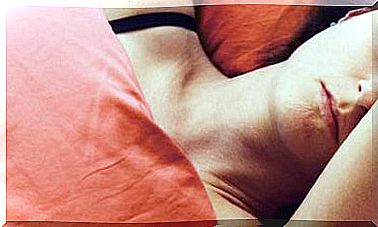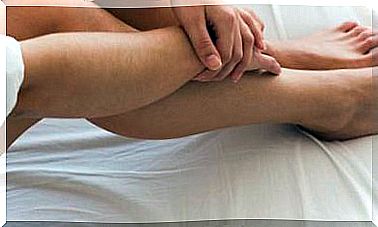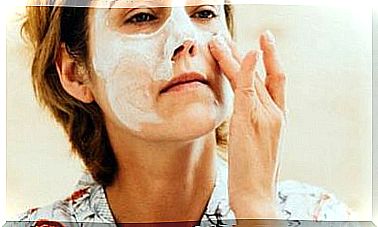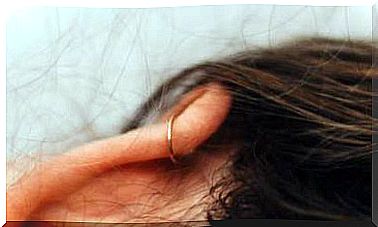Exfoliation: Why, When And How To Do It
Exfoliation removes impurities and dead cells from the epidermis, allows better cellular oxygenation and restores its radiance to the skin. It cannot be missing from your skincare routine. How to choose the most suitable method?
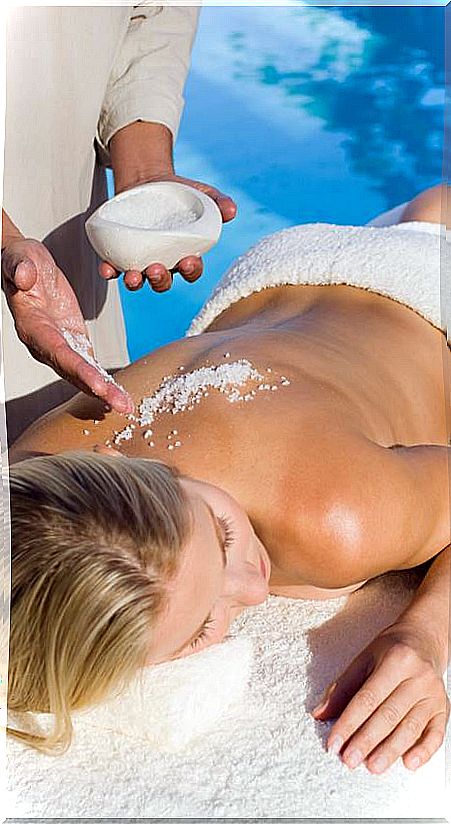
Exfoliation is a commonly skipped step in the basic skincare routine, yet it immediately gives you a smoother, smoother, fresher, and brighter appearance.
Cells in the outermost layer, the epidermis, continually age, die, and shed. But when they do it slowly and unevenly, they give the skin a dull and rough appearance. In addition, this layer makes it difficult for any product or treatment to penetrate.
The skin is always shedding, regenerating spontaneously. Exfoliation allows you to remove these dead cells more quickly, helping the natural flaking process.
“Natural peeling usually lasts about 28 days. With exfoliation, the elimination of dead cells is accelerated and the appearance of the skin is improved, pores are refined and small wrinkles and some spots are eliminated, especially in skin damaged by the sun. , acne or scars “, explain the pharmacists experts in natural cosmetics Elena Herraiz and José Fernández.
What types of scrubs are there?
By exfoliating our skin, we wash away dead cells and impurities from the surface. There are all kinds of exfoliating creams and gels that help to carry out this process:
- Mechanical exfoliants: exfoliation is achieved by rubbing granules or particles such as salts, sugar crystals or pieces of fruit peel. The most prudent thing is to avoid those with large pimples, which tear the skin. Those of sugar crystals are softer than those of salt.
- Chemical exfoliants: dissolve dead cells by a chemical procedure. They are usually applied by professionals and are not used in natural cosmetics.
It is advisable to choose scrubs with natural ingredients, preferably certified organic. “They are usually formulated in soap, in order to take advantage of the moment of the shower to carry out the exfoliation”, explain Elena Herraiz and José Fernández.
Tips to exfoliate each skin type
According to pharmacists Herraiz and Fernández, not all skin requires the same care or the same exfoliating composition, although in any case it should always be applied to perfectly clean skin. In addition, they recommend taking into account some aspects depending on the type of skin we have:
- The sensitive skin should be treated with care, with plants that ensure the epidermis, such as aloe, and exfoliating elements that are soft microspheres such as wax.
- In the case of dry skin, as it peels easily, the exfoliating treatment can be used to nourish and hydrate the skin, so the product must contain natural oil as a base (olive or argan, for example). It can also be regularly supplemented with oatmeal, creating a paste that can be applied with massages. This treatment should not be repeated more than once a week or every 15 days.
- It is on oily and acneic skin that exfoliation gives the best results.
The products usually have clays that carry impurities, remove excess sebum and leave the skin more matte and clean. Essential oils (sage or rosemary) can also be added to eliminate infections.
- The exfoliating treatment for mature skin incorporates nutrients and antioxidants such as fruit juices and honey, rich in trace elements.
- The male skin, thicker and with many hair follicles and sebaceous, thanks one weekly exfoliation.
The step by step to exfoliate the skin
Once you have chosen the most suitable scrub for you, to exfoliate the skin of the body, you can apply it following a pleasant beauty routine:
- In the shower, with damp skin, massage with a horsehair glove or gently spread the exfoliating product with your hand.
- You should perform a gentle but firm massage, which improves circulation and cellulite. In both cases, the massage stimulates blood flow.
- Rinse the product off with lukewarm water and dry the skin well.
- Once you have finished, and with the skin already very dry, apply a moisturizing cream. If you need it, you can also apply an anti-cellulite product, with a massage. The exfoliation that you have just done helps the skin to better absorb the active principles of the creams that you apply afterwards, be it the moisturizer, the anti-cellulite or another.
You can also exfoliate the skin on your face from time to time . Make sure to choose a very gentle, fine scrub.
- Wet the skin on your face.
- Apply the scrub in small circles with your fingers, avoiding the eye area.
- Rinse it with water and dry well, gently.
- Any treatment that you apply afterwards will be absorbed much better: the toner, the moisturizer, a nourishing one. ..
Can exfoliating the skin be counterproductive?
It is not advisable to exfoliate the skin daily or at any time. Too much exfoliation can be counterproductive as it removes the protective layer from the skin and can cause irritation. To keep your skin healthy and exfoliate without damaging it, follow these tips:
- It is advisable to exfoliate two or three times a month, as long as the skin is not irritated or very sensitive.
- In case of wounds or burns, you have to refrain. An exfoliation would be aggressive and could make the injury worse.
- It is also not recommended to exfoliate immediately before sunbathing or waxing. Yes, on the other hand, it is advisable to do it two or three days before, to achieve a more uniform tan and avoid subcutaneous hair.
